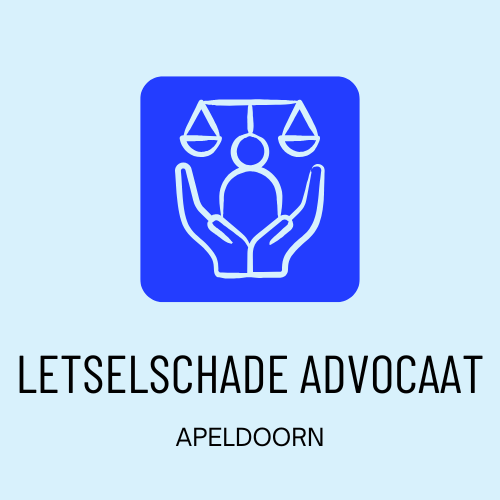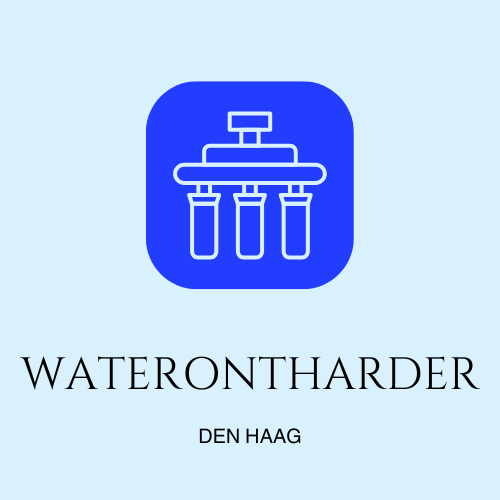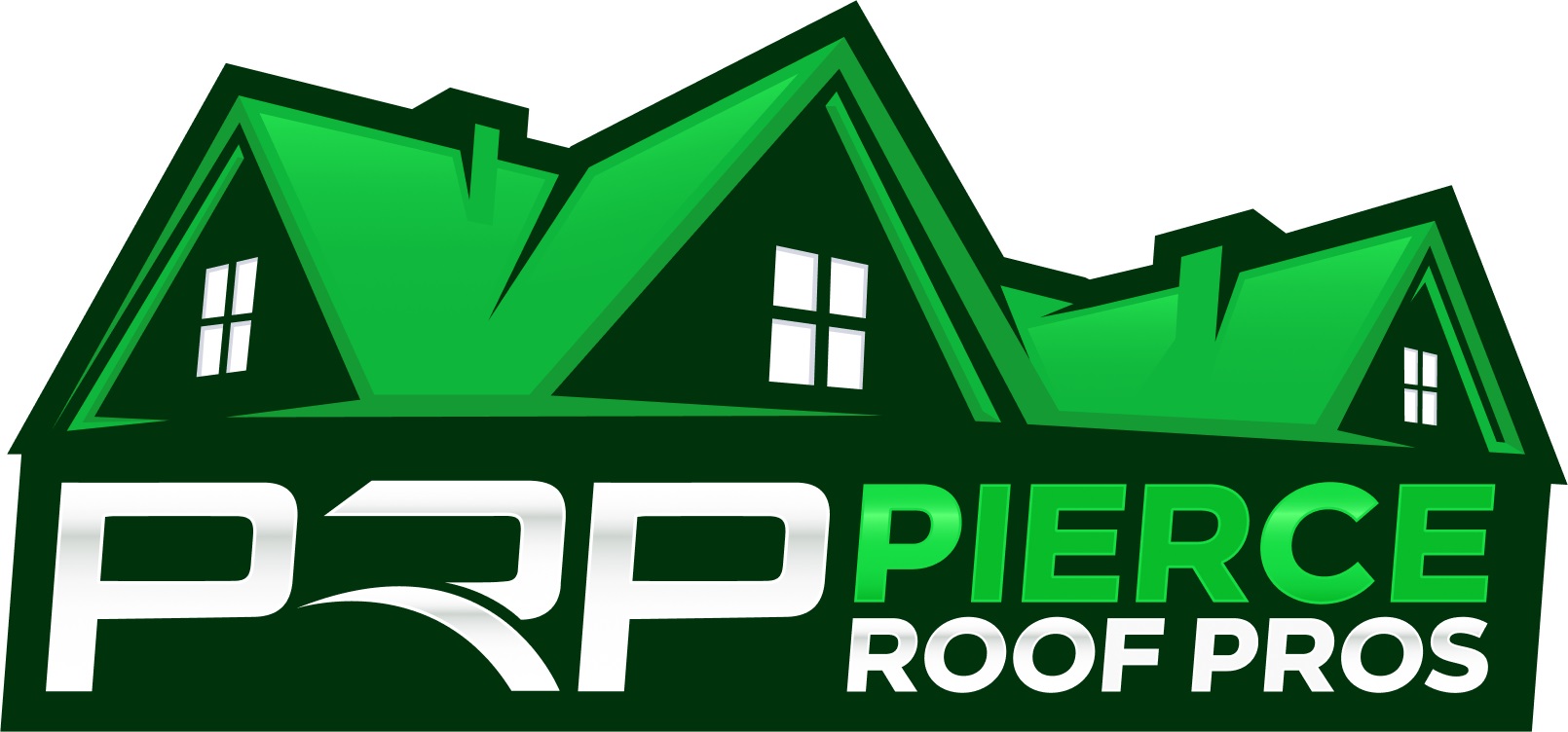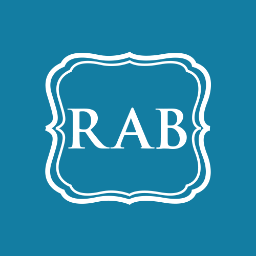TypeName: Technology Offer
Offer Date:2016/09/30
Country: Switzerland
Summary: Swiss company offers network and know-how to de-polymerise post-consumer PET bottles. De-polymerisation is the process of converting a polymer into a monomer or a mixture of monomers. This means that the PET waste will be upcycled (back to pure PET (Polyethylene terephthalate) instead of downcycled (actual situation) and that it follows the closed loop circular economy concept. Theoretically availability of PET bottle material: 40,000 t/yr. Cooperation sought is manufacturing agreement.
Description: Although careful selection and definition as well as marking and detection technologies of PET waste are recognised to be of crucial importance to maintain the same chemical composition of the secondary compared to the primary PET product, the present technologies are still not able to assure a closed loop circular economy concept (*1) according to the cradle to cradle principles (*2). Secondary material is manufactured material that has already been used at least once, and is to be used again after recycling.
One of the biggest problems of mechanical recycling of PET waste, which includes 1*) polymer degradation during the recycling and 2*) additives, catalyst and masterbatch chemicals remaining in the PET, is described as downcycling.
De-polymerisation:
De-polymerisation of the PET solves these problems creating pure PET (Polyethylene terephthalate) (and the other monomers) again. De-polymerisation is the process of converting a polymer into a monomer or a mixture of monomers (again) (*3).
Volume:
The worldwide production of PET is 44.6 million ton/year. of which only 2% 1 million ton/yr. are produced in Europe. Petcore, the European trade association that fosters the collection and recycling of PET, reported that in Europe alone, 1.6 million t of PET bottles were collected in 2011 - more than 51% of all bottles.
After exported bales were taken into account, 1.12 million t of PET flake, 440,000 t fibres, 283,000 t bottles, 278,000 t APET (Amorphous PET) sheets, 102,000 t strapping tape, 18,000 t other applications.
Note: Bottle to bottle recycling is only a partial solution, because approx. 40-60% of the bottles are coloured and are downcycled in textile applications.
Supply chain:
In Europe the entire supply chain is available and established:
- Polymer producers
- Bottle manufacturers
- Consumer goods manufacturers (beverage) (cleaning detergents cradle to cradle certified)
- Collection systems are in place
- A network of environmental consultants to communities (e.g. VABÖ in Austria)
- Tracing companies from collected bottles
- A network of cradle to cradle implementing circular economy consultants
The Swiss company offers the european supply and closing the loop network and know-how to de-polymerise post-consumer PET bottles. Investment in manufacturing technology and implementation of depolymerisation of PET Technology is required, so manufacturing agreement is first choice. The infrastructure to be in place should be able to deal with theoretically 40,000 t/yr of PET.
(1) Source Wikipedia on “Circular Economy”:
The circular economy is a generic term for an industrial economy that is producing no waste and pollution, by design or intention, and in which material flows are of two types:
1. biological nutrients, designed to re-enter the biosphere safely, and
2. technical nutrients, which are designed to circulate at high quality in the production system without entering the biosphere as well as being restorative and regenerative by design.
This is contrast to a linear economy which is a 'take, make, dispose' model of production.
(2) Source wikipedia on " Cradle-to-cradle_design":
Cradle to Cradle design (also referred to as Cradle to Cradle, C2C, cradle 2 cradle, or regenerative design) is a biomimetic approach to the design of products and systems. It models human industry on nature's processes viewing materials as nutrients circulating in healthy, safe metabolisms.
(3) Source Wikipedia on “Polymer”
OfferId: 43
 Agriculture & Food
Agriculture & Food
 Business Services
Business Services
 Electronics, IT and Telecoms
Electronics, IT and Telecoms
 Leisure & Tourism
Leisure & Tourism
 Minerals
Minerals
 Textiles, Clothing, Leather,
Textiles, Clothing, Leather,
 Transport & Logistics
Transport & Logistics









